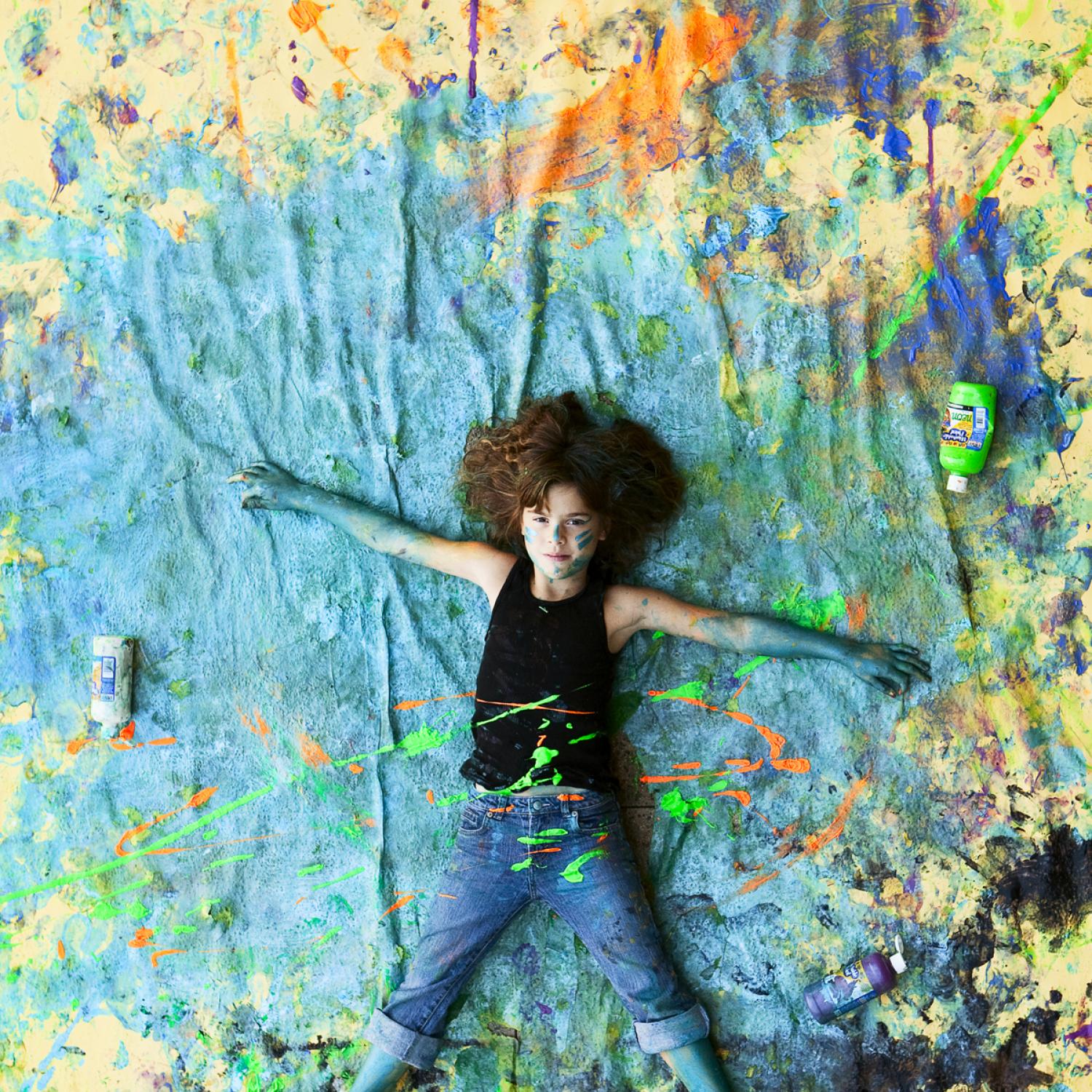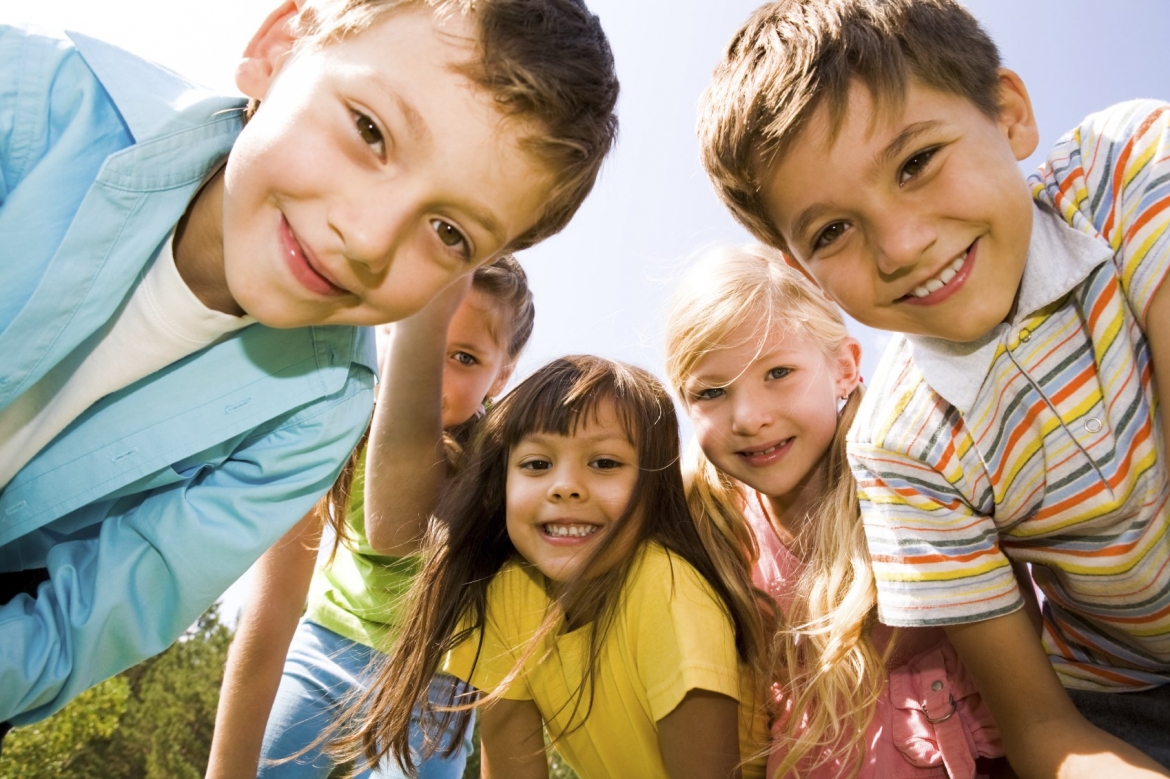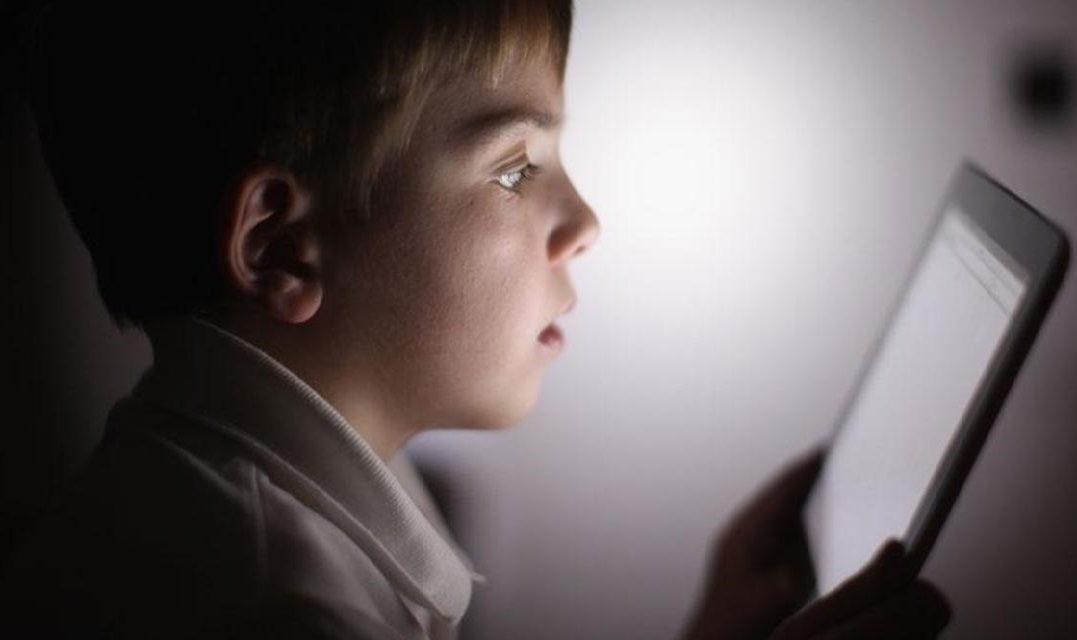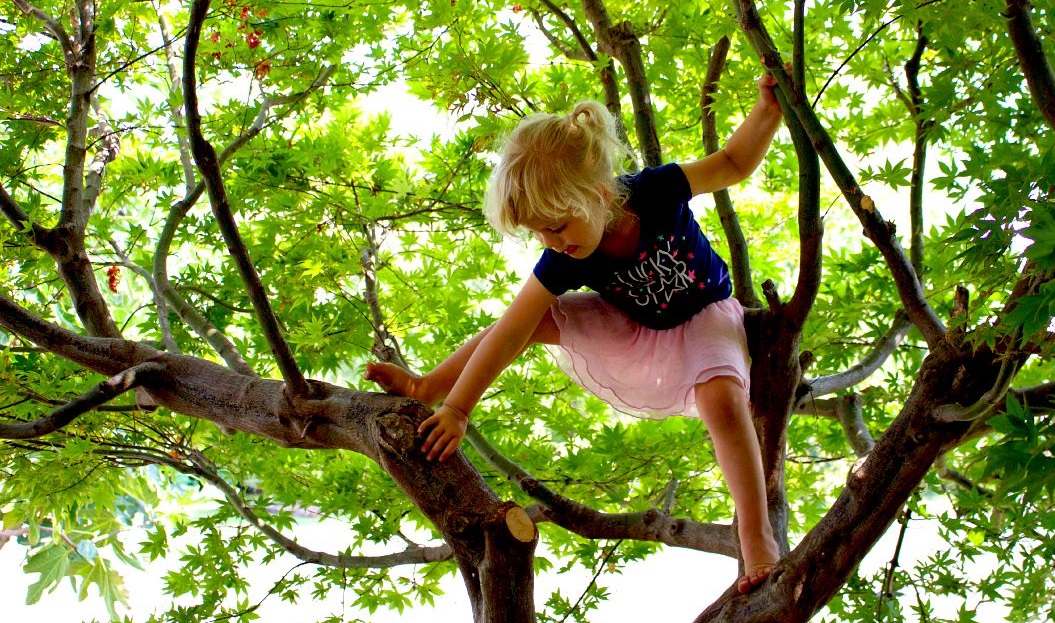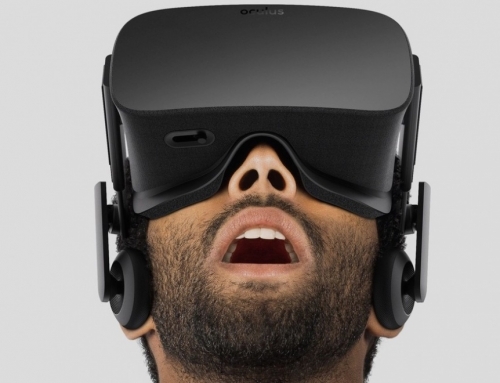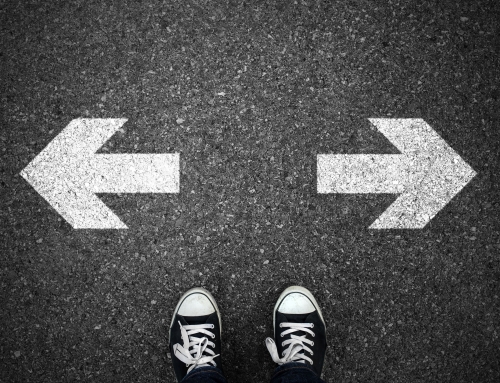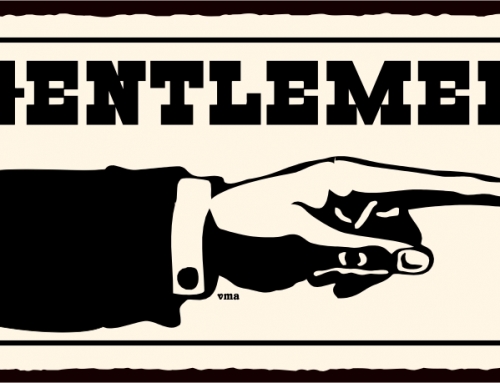Children learn through experience.
Kids are naturally curious, they discover things by creating other things and they grow from their interactions with each other and the world around them. They learn stuff on their own terms, no rules, no structure or time limits, and with no input required from adults. This type of experiential learning doesn’t happen in the classroom, it comes from imaginative role-play, outdoor activities, exploration of the surrounding natural environment or simple creative expression through art, music and dance.
But, in a recent survey of parents, 74% of children aged between 5 and 12 years of age were found to spend less time outdoors than the recommended 60 minutes found in the EU guidelines for prisoners. There are a number of reasons attributed to this shocking statistic; parent safety concerns about ‘stranger danger’, a lack of open green spaces, parks and recreational sites, plus the sad fact that kids these days are just spending more time in front of screens and less time up trees.
Play is a serious business.
Should we be worried? Yes, because experts draw parallels between the early years of creative playtime and our social development as adults. By denying children the right to play we risk hindering their cultural, personal and social progress. Experiential learning helps kids to become independent, with the ability to think for themselves, they gain confidence and a sense of achievement. Important childhood milestones are reached through creative free play and discovery, family bonds are strengthened from a shared sense of pride in these small triumphs. Childhood creativity affects our future relationships with art and literature as mature adults. Allowed to develop freely, this creative spirit is what inspires our interest in the arts in later life. Who was it that said, “After all, great stories are the fruit of pure imagination, not simply the ability to write”?
In a recent blog post, we talked about how childhood creativity is stifled by the school system and seems to disappear almost as fast as the brain develops. We looked back at research conducted in 1968 by George Land on behalf of NASA, The Creativity Test studied the creative thinking abilities of 4 and 5 years olds. The same group was tested at five-year intervals and the results are fascinating with the youngest group scoring genius level in the assessment:

Imagination fuels creativity.
We need to fuel the fire of creativity and give our kids every opportunity to learn experientially and express themselves through imaginative play. If you think about it, a lot of play is based around the idea of children pretending to be someone or something else. By continuously moving between reality and this world of fantasy, kids learn to express their feelings and explore the feelings of others around them. It’s an important social tool, awakening sensitivity and intuition, through which kids develop an understanding of and the ability to feel empathy through a sense of ‘others’.
We need to support our kids in learning about what it is to be human and trust they are our partners for a better, brighter and more creative future. So, bust out the crayons, cardboard packaging, old paint pots, and brushes, throw a canvas down and get messy with your kids. You might even discover your own inner creative spark!
